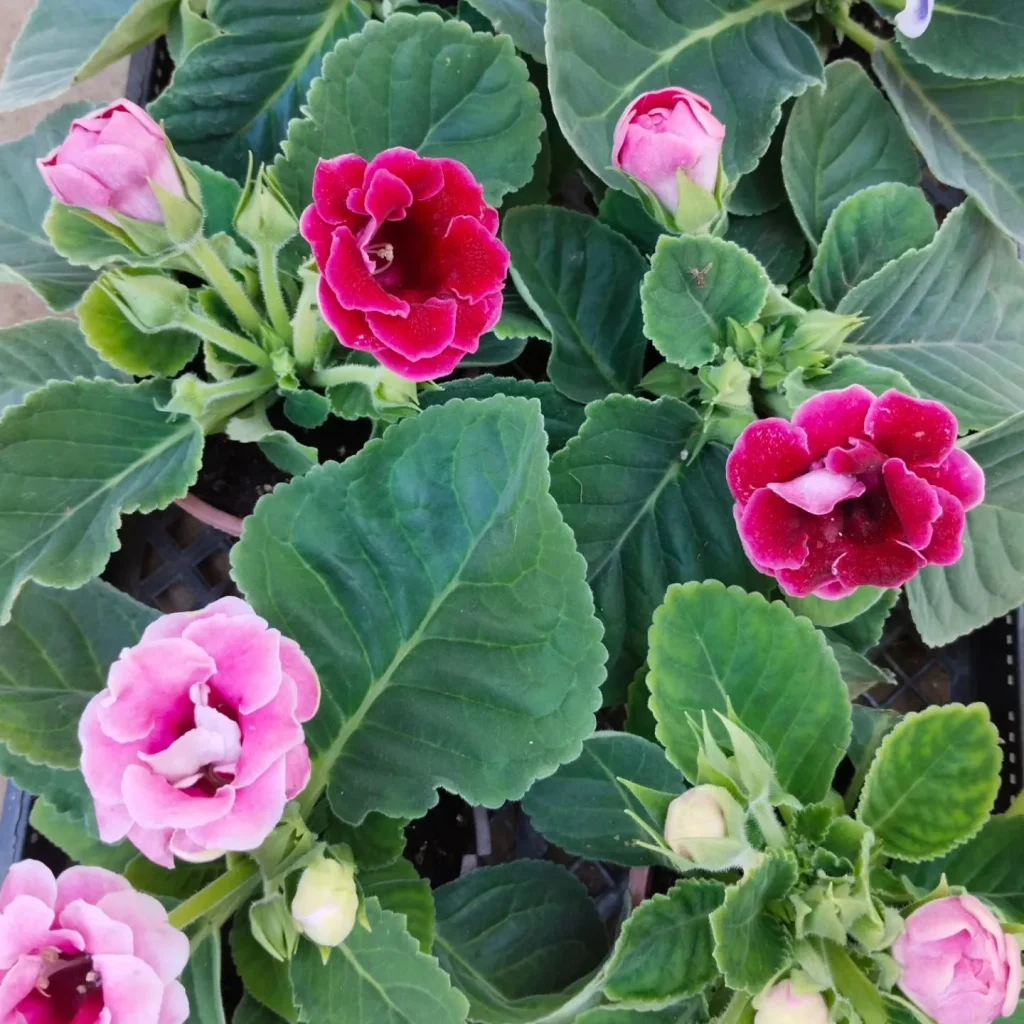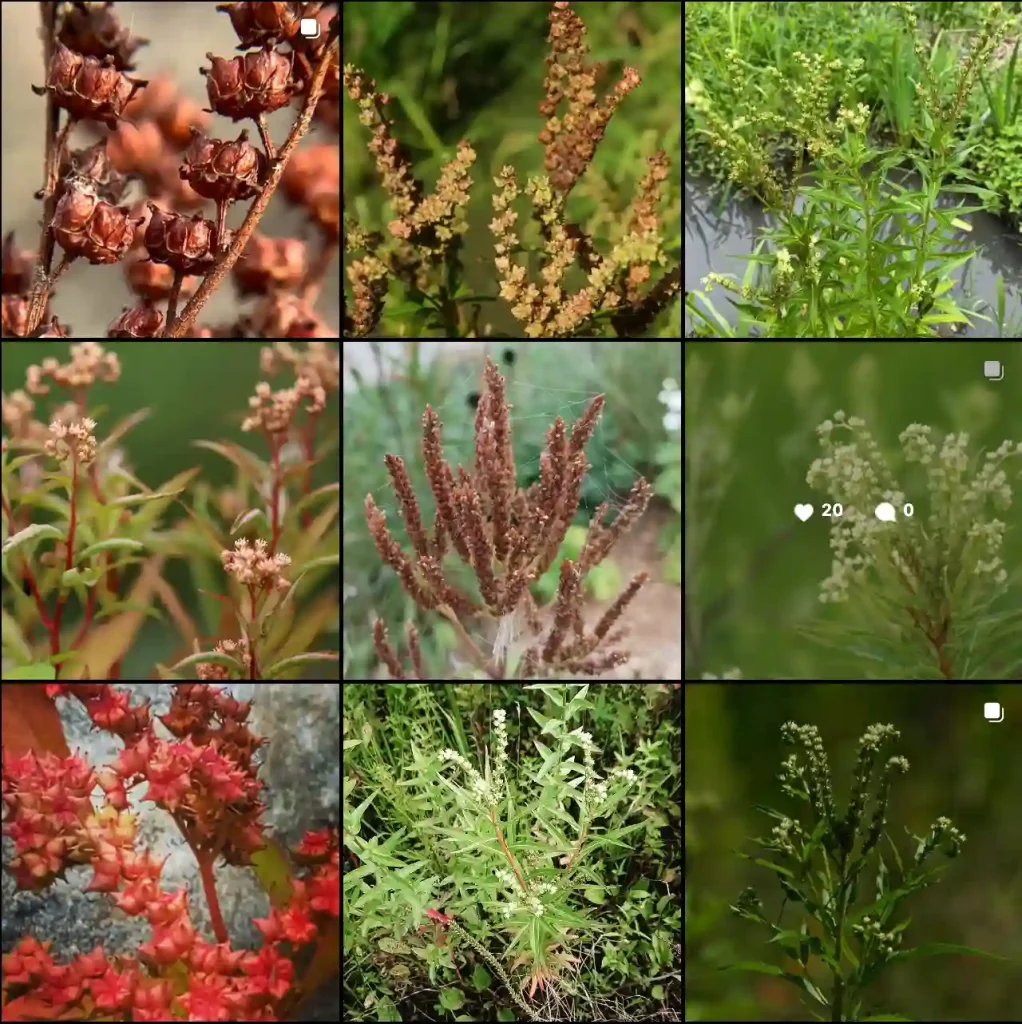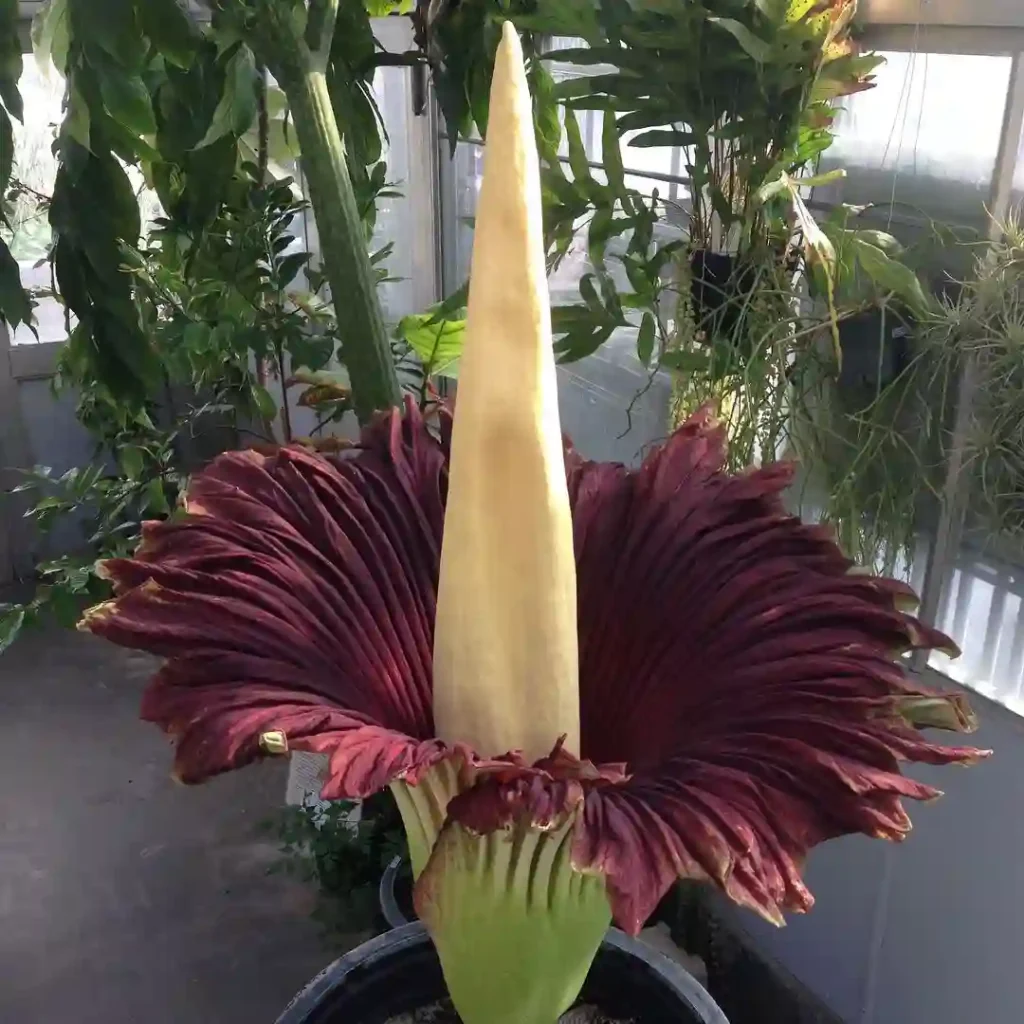FAQs About Ceanothus Diamond Heights
Ceanothus Diamond Heights is a stunning addition to any garden, known for its vibrant blue flowers and attractive foliage. As a passionate gardener, I’ve encountered various questions about this plant, and I’m here to share my insights.
73 Species in Genus Ceanothus
What Is Ceanothus Diamond Heights?
Ceanothus Diamond Heights is a type of California lilac, a member of the Rhamnaceae family. This evergreen shrub is prized for its profusion of bright blue flowers that bloom in the spring, attracting bees and butterflies. Its compact growth habit makes it an excellent choice for smaller gardens or as a low hedge.
How to Care for Ceanothus Diamond Heights?
Caring for Ceanothus Diamond Heights is relatively straightforward, and I’ve found a few essential tips that have worked wonders for me:
Sunlight Requirements
This plant thrives in full sun. I place mine in a spot that receives at least six hours of direct sunlight each day. Too much shade can lead to sparse blooms and a leggy appearance.
Watering Needs
While Ceanothus is drought-tolerant once established, it benefits from regular watering during its first growing season. I usually water it deeply once a week, tapering off as the plant matures. Be cautious not to overwater; well-draining soil is crucial.
Soil Preferences
Ceanothus Diamond Heights prefers sandy or loamy soil that drains well. I mix in some compost to enhance nutrient content without retaining excess moisture. Avoid heavy clay soils, as they can lead to root rot.
Fertilization
I rarely fertilize my Ceanothus, but if you notice slow growth or pale leaves, a balanced fertilizer in early spring can help boost its vigor. Just be careful not to over-fertilize.
How to Propagate Ceanothus Diamond Heights?
Propagation of Ceanothus Diamond Heights can be done through cuttings or seeds. I’ve had great success with cuttings:
- Timing: Take semi-hardwood cuttings in late summer.
- Preparation: Use a sharp, sterilized knife to cut 4-6 inch sections from healthy stems.
- Planting: Dip the cut ends in rooting hormone and plant them in well-draining soil.
- Care: Keep the cuttings moist and in a shaded area until roots develop, usually in a few weeks.
What to Plant With Ceanothus Diamond Heights?
When planning a garden layout, I love combining Ceanothus with drought-tolerant companions. Here are a few pairings that work well:
- Lavender: The purple hues of lavender complement the blue flowers beautifully.
- Salvia: Its vibrant blooms attract pollinators and add a burst of color.
- Manzanita: The contrasting textures and colors create a striking visual impact.
These plants share similar care requirements and enhance the overall aesthetic.
Is Ceanothus Diamond Heights Toxic?
Ceanothus Diamond Heights is considered non-toxic to pets and humans, which is a relief for me since I have both. However, it’s always wise to monitor pets around any plant, as individual reactions can vary.
Benefits of Ceanothus Diamond Heights
Aside from its beauty, this plant offers numerous benefits:
- Wildlife Habitat: Its flowers attract pollinators, supporting local ecosystems.
- Low Maintenance: Once established, it requires minimal care, making it ideal for busy gardeners.
- Erosion Control: Its root system helps stabilize soil, preventing erosion on slopes.
Common Problems
Like any plant, Ceanothus can face challenges. Here are a few I’ve encountered:
- Powdery Mildew: This can occur in humid conditions. Ensure good air circulation and avoid overhead watering to prevent it.
- Leaf Spot: Fungal infections can lead to unsightly spots. Regular pruning and proper spacing can help manage this issue.
How Does Ceanothus Diamond Heights Compare to Other Similar Plants?
You might be wondering how Ceanothus Diamond Heights stacks up against other similar plants, like Ceanothus Yuba River or Ceanothus ‘Blue Mound.’
- Growth Habit: Diamond Heights tends to be more compact than ‘Blue Mound,’ making it better suited for smaller gardens.
- Flower Color: While both have vibrant blue flowers, the intensity and size may vary, with Diamond Heights having larger clusters.
- Hardiness: Diamond Heights is typically more drought-tolerant than Yuba River, which may require more water during dry spells.
Conclusion
Ceanothus Diamond Heights is a beautiful and beneficial addition to any garden. With proper care and consideration, it can thrive for many years, providing color and attracting wildlife. I hope this FAQ helps you appreciate and cultivate this remarkable plant as much as I do!
If i die, water my plants!



